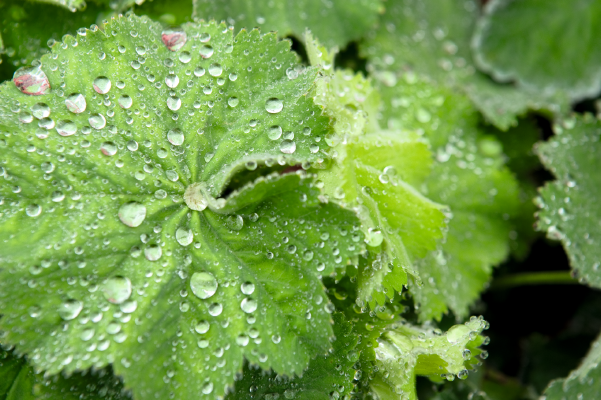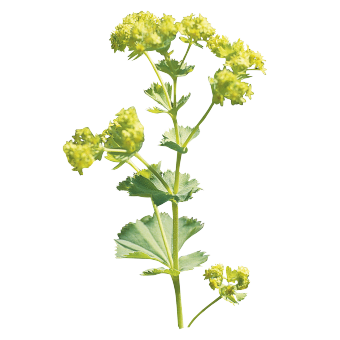

Thriller®
- Greenish yellow flowers on bright green leaves
- Unique trailing, structural perennial
- Great vase filler
- Crop Time
- Spring: 28 - 30 weeks
- Height ∅
- 20 ″ / 50 cm
- Exposure
- Sun - Partial shade
- Seed Form
- ApeX
- Heat Zone
- 7-1
- Hardiness Zone
- 3-7
- Best Uses
- Bedding, Landscape
Culture guide
Usage
Vigorous bed and border perennial for open positions, medicinal herb, shrub plants, cut flower production
Sow time
November-March for green pots April-July for flowering pots
Sowing method
2-3 seeds per plug
Germination
7-12 days at 68-72 °F (20-22 °C), in media with low soluble salt levels and a pH range of 5.8-6.5. Cover seed lightly. Finish plugs at 65-72 °F (19-22 °C) for 4-6 weeks. Can also be treated as cold germinator.
Growing on
Grow on and force plants at 55-65 °F (12-18 °C).
Media
Use a well-drained, growing perennial substrate with 0-15 % clay, 0-15 % organic parts (e.g. wood fibres, bark, compost), 1-1,5 kg/m³ complete balanced fertilizer, 2-3 kg/m³ slow release fertilizer (3-9 months), iron-chelate, micronutrients, pH: 5.8-6.5. Field: humus, loamy soils. Alchemilla have low demands to the soil. Standard fertilization: 50-80 g/m2 slow release fertilizer.
Temperature
Grow at 12-15 °C. In winter indoors frost free at 3-5 °C or outdoors. In spring the plants start to grow at 12-18 °C.
Fertilization
Moderate fertilization levels are required. Fertilize the crop weekly with 80-100 ppm nitrogen (at 3 kg/m³ slow release fertilizer in substrate), using a potassium balanced fertilizer (N: K₂O-ratio: 1:1,5). Avoid high ammonium and high nitrogen levels. Don’t fertilize after mid September. In spring fertilize with 80-100 ppm nitrogen of a complete balanced fertilizer. Prevent magnesium deficiency by applying magnesium sulphate (0,025 %) 1-2 times and in case of iron deficiency apply iron-chelate for 1-2 times. Field: If necessary according to analysis, improve the soil with 80-100 g/m² slow release fertilizer per year, applied in several portions. N min soil value: approximately 50-60 g N/m².
Stage I Starts with the radicle breaking through the testa. The roots are touching the medium. Ends with fully developed cotyledons.
Stage II Starts from fully developed cotyledons. Ends with the fully developed true leaf or true leaf pair.
Stage III Starts from the fully developed true leaf or true leaf pair and ends with 80% of the young plants being marketable.
Stage IV All young plants are ready for sale and in the process of being hardened off. This stage lasts about 7 days.
The cultural recommendations are based on results from trials conducted under Central European conditions. Different conditions in other parts of the world may lead to deviations in results achieved.
